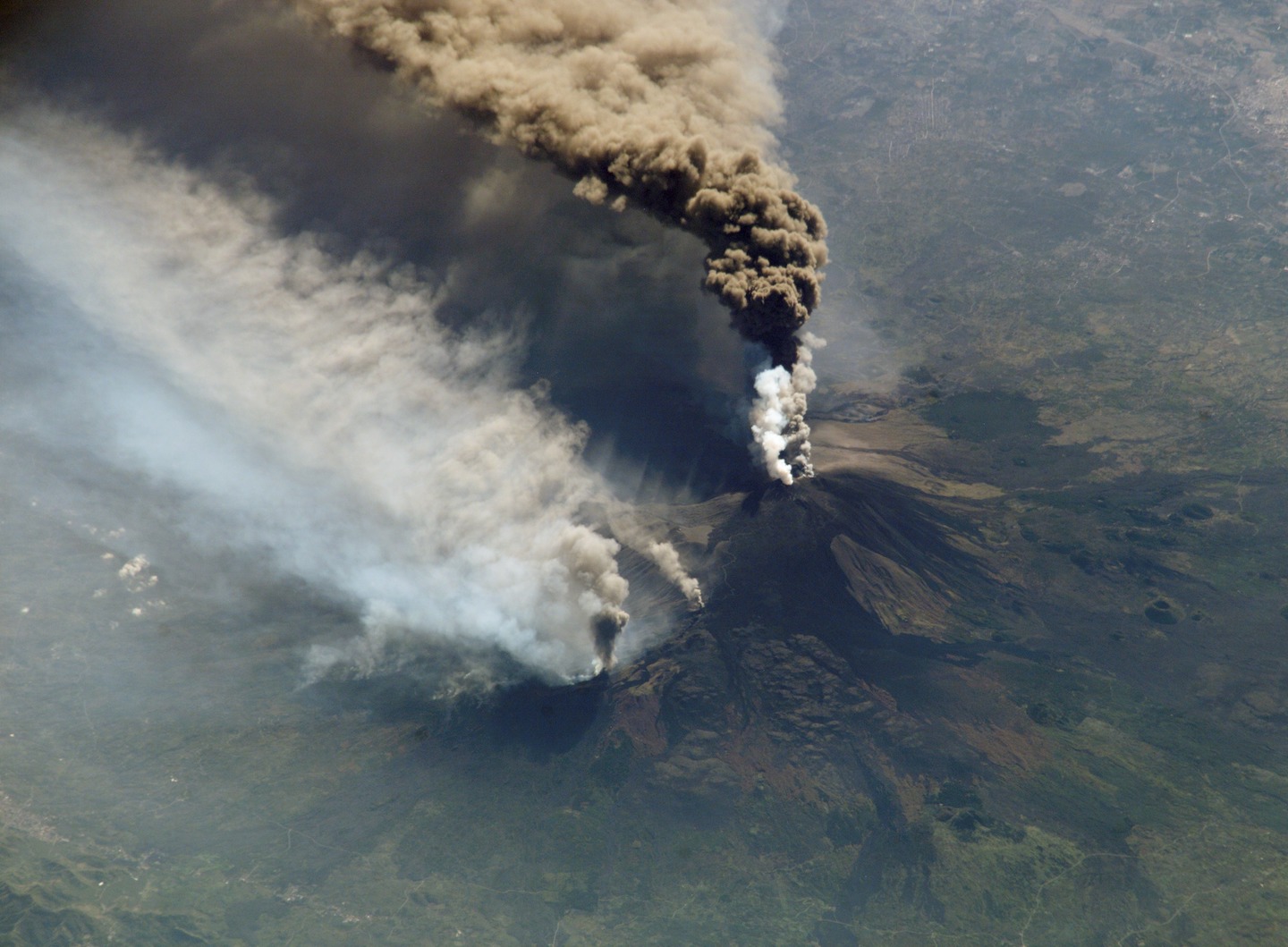The damage caused by volcanic eruptions primarily results from the dispersal of ash and pumice in combination with flows of molten rock (lava). Serious eruptions may include a pyroclastic flow, a fast-moving stream of often glowing gas, ashes and stone.
Secondary impacts may result from earthquakes, landslides, erosion, falling boulders, and mudslides from firefighting efforts or from heavy rains.
Debris from volcanoes often causes additional damage through a debris avalanche. A debris avalanche is a sudden and rapid movement of mass of rock and soil mobilised by gravity. The debris flows in a dry or wet state and commonly results in massive rockslides.
The increased number of settlements near volcanoes exacerbates the impact of an eruption on the region’s economy as well as of the health and safety of its inhabitants.
The removal of debris is often obstructed by fine ash particles which cause further strain on mechanical and hydraulic equipment as well as electric and electronic devices.
